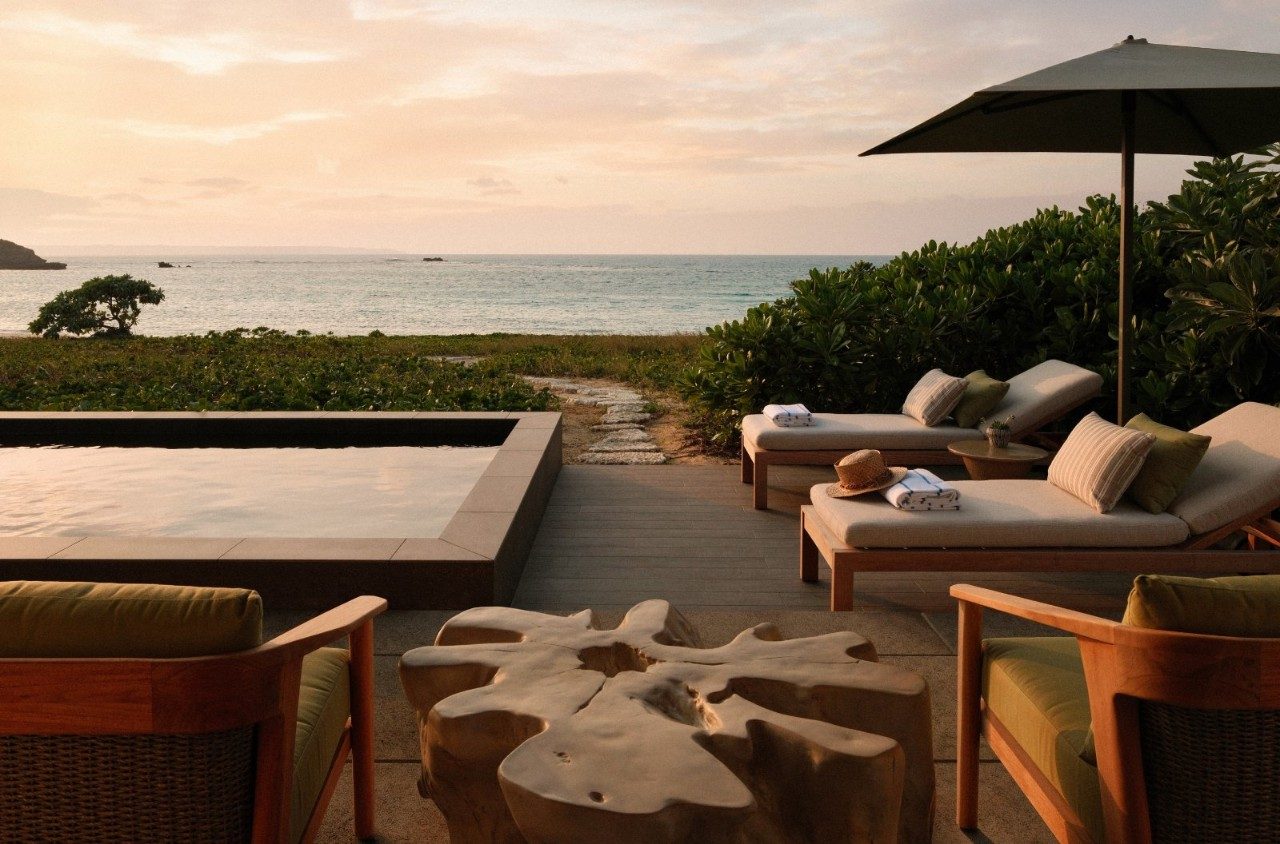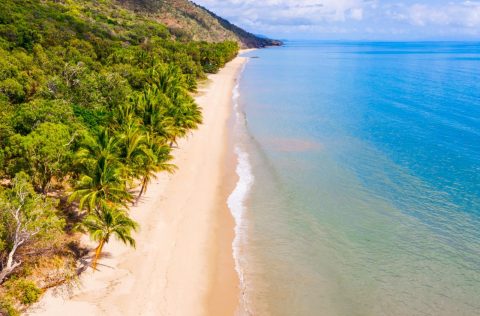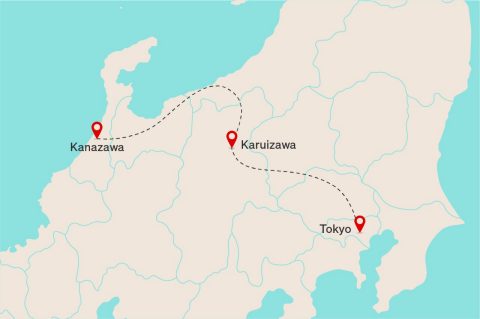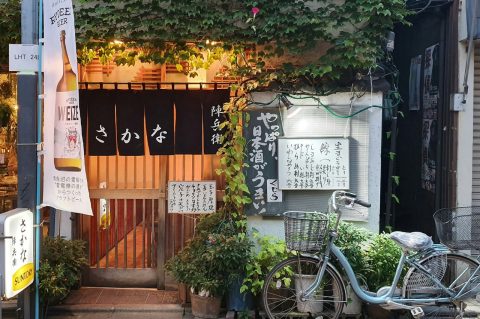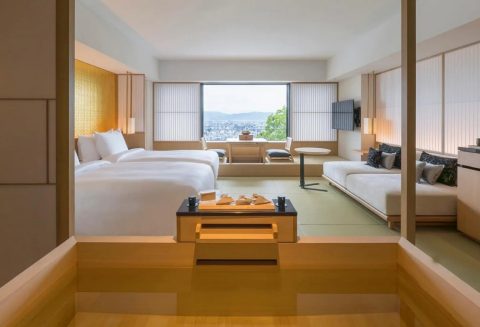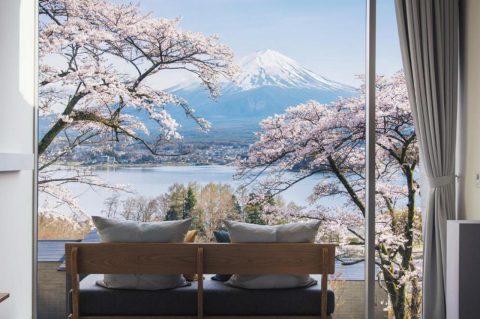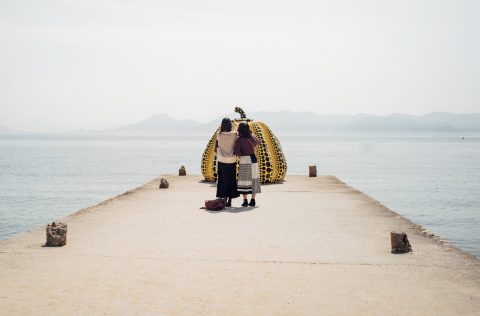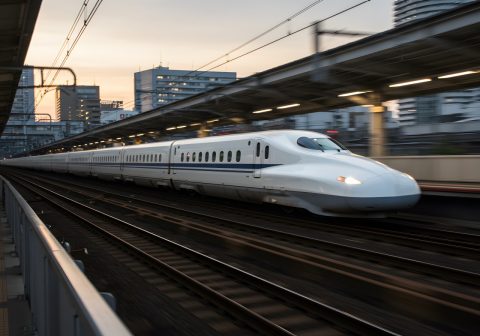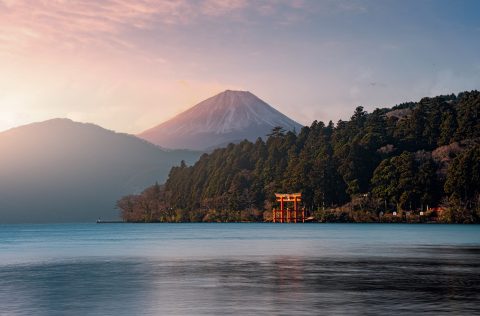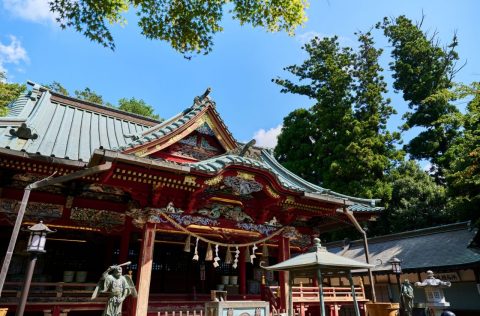15 Reasons Japan Is Even Better in Winter
Spring may often steal the spotlight but Japan is captivating in all seasons. Winter, specifically, can bring typically dry and crisp weather (depending on the region), along with plenty of blue-sky days. In the mountains, you can happily hop between under-the-radar ski resorts and onsens at serene ryokans. In the cities, there are vibrant festivals to explore, along with high-profile galleries with fewer people. Whatever escape you crave, there are ample things to do in Japan during its off-season: here are some of our favourites.
The views of Mount Fuji
1/16Winter offers the clearest views of Mount Fuji, when its snow-capped peak gleams against crisp blue skies. Although you can spot Japan’s highest mountain from Tokyo’s skyscrapers, the panorama is best around the Fuji Five Lakes region. For a front-row vista, stay at Hoshinoya Fuji, a cosy glamping resort where minimalist cabins feature fireplaces, private balconies and uninterrupted views across Lake Kawaguchi – perfect for watching the iconic summit glow pink at sunrise.
Image credit: Plern - stock.adobe.com
The lesser-known slopes of Kiroro
2/16Searching for an alternative to Niseko’s world-class but extremely popular runs? Head to Kiroro, an hour’s drive away. Averaging about 20 metres of pristine powder each year, this under-the-radar gem ranks as one of Hokkaido’s most underrated ski resorts. It’s a local favourite and offers varied terrain and plenty of space to carve without the crowds. For luxe ski-in, ski-out accommodation, check in to Yu Kiroro, where the 2 Bedroom Japanese Style suite features a full kitchen and traditional tatami room.
The Sapporo Snow Festival
3/16Even if you’re not taking part in Sapporo’s world-renowned winter sports (though we’d highly recommend it), the annual snow festival is well worth a visit. Over eight days in February, Odori Park glitters with ice sculptures – some soaring up to 15 metres high – stationed alongside skating rinks, snow slides, carving competitions and stalls serving warming miso ramen topped with butter and corn.
The snow-dome restaurant in Nagano
4/16In Nagano’s Iiyama, the coolest dining spot is Restaurant Kamakura Village, where 20 glowing snow domes set the scene. Inside each icy hut, guests warm up over a local take on nabe hotpot, a Sengoku-era dish of pork, local mushrooms (such as hon-shimeji) and seasonal vegetables simmered in a rich miso broth. It’s a fun social dish, served in a single earthen pot for everyone to share.
Image credit: sashapritchard - stock.adobe.com
The onsen in Yamanouchi
5/16Three hours north-west of Tokyo by train, Yamanouchi in the Japanese Alps is beloved for its historic hot spring resorts and mountain vistas, both of which really come alive in winter. Stay at the 400-year-old Shibu Onsen Kokuya to don a traditional yukata robe and soak in nine different public baths. All that R & R isn’t just for humans: a 10-minute bus ride out of town takes you to Jigokudani Monkey Park, where pink-faced snow monkeys bathe in the wild.
Image credit: Getty Images
The plum blossoms
6/16Want to see Japan in bloom… sans crowds? Visit in mid-February, when the plum blossoms (ume) beat the cherry-blossom (sakura) season by a month or so. While not as delicate as sakura, the flowers are just as photogenic, bursting in swaths of fuchsia, blush pink and white. Take in the magical sight at Koishikawa Kōrakuen Gardens in Tokyo, Dazaifu Tenmangu Shrine in Fukuoka or Kairakuen Garden in Ibaraki.
Image credit: Getty Images
The ramen expo in Osaka
7/16Nothing says cool-weather comfort food quite like a bowl of steaming ramen. Osaka’s Ramen Expo, typically on weekends from late November, hosts 65 rotating vendors serving up everything from classic tonkotsu to fiery broths and vegan options. Stalls are helpfully organised by noodle style, flavour intensity, soup type and region, making it easy to dive deep into Japan’s rich and varied ramen culture.
Image credit: Alamy Stock Photo
The Hirosaki Castle Snow Lantern Festival
8/16Famous for its cherry blossoms in spring, Hirosaki Castle in Aomori is equally enchanting during February’s Snow Lantern Festival. Hundreds of glowing ice and snow creations line the castle’s grounds, creating a winter wonderland. Wander along candlelit paths, marvel at two-storey-tall snow sculptures, stroll the outdoor gallery of colourful woodblock prints and watch as one of Japan’s 12 remaining castle towers is illuminated with vibrant light displays.
Image credit: aon168 - stock.adobe.com
The snow monsters at Zao Juhyo Festival
9/16A five-hour drive north of Tokyo, Zao Onsen is known for its 10-kilometre ski run, sulphur-rich hot springs and juhyo – frost-covered fir trees that resemble giant snow monsters. From December to late February, the other-worldly landscape is lit up at night during the Zao Juhyo Festival, which also includes colourful torchlight skiing and effervescent fireworks.
Image credit: ginR - stock.adobe.com
The snow-dusted villages of Gokayama
10/16Nestled in the Northern Alps about six hours west of Tokyo by train, Gokayama’s thatched cottages look like they’ve been plucked from a fairytale. The UNESCO-listed villages of Ainokura and Suganuma are blanketed in white come winter, showcasing their steep A-frame farmhouses, designed to withstand heavy snowfall. Many have been transformed into charming inns; book a night at the 350-year-old Gassho Nakaya to experience traditional home-cooked meals served at a traditional chabudai table as well as snug sleeping set-ups on tatami mats.
The art museums of Tokyo
11/16Outside of the Christmas and New Year rush, winter is the prime time to nab tickets to Tokyo’s hardest-to-book art galleries. Start at the Yayoi Kusama Museum (opening 16 October) to glimpse her avant-garde polka-dotted creations, before visiting the Ghibli Museum to catch short films, exhibitions and whimsical architecture from the famed animation studio. Families will also love the immersive installations at teamLab Borderless and teamLab Planets. Even in the off-season, booking ahead is essential.
Image credit: Mistervlad - stock.adobe.com
The New Year festivities in Kyoto
12/16Oshogatsu (New Year) is one of Japan’s most important holidays and where better to celebrate than the country’s former ancient capital? Less raucous than its Western counterpart, a highlight is hatsumōde – the year’s first shrine visit. A popular spot is Heian Shrine, which welcomes locals and tourists to its vast courtyard and immaculate gardens over the first few days of January. In southern Kyoto, thousands follow the orange-red torii gates to Fushimi Inari Shrine.
Image credit: jeafish - stock.adobe.com
The Blue Pond in Hokkaido
13/16A surreal body of water that shifts from cobalt to aquamarine, depending on the season, the Shirogane Blue Pond looks even more fantastical when set against white snow. Dotted with a forest of submerged silver birch trees, it freezes over completely in the middle of winter. To see it in all its glory, visit at dusk between November and April, when the frozen surface is alight in even more shades of blue.
The New Year sales in Tokyo
14/16Thanks to a plethora of options spanning vintage, designer and traditional souvenirs, retail therapy can pay serious dividends in Japan. Hatsuuri – the year’s first big retail sale – generally kicks off on 2 January 2026, depending on the region. In Tokyo, head to Ginza for high-end department stores, Daikanyama for design-forward boutiques and Shibuya for trendy high-street brands (as well as Shibuya Crossing – the world’s busiest intersection, bustling with bag-toting shoppers). Don’t forget to grab a fukubukuro, or “lucky bag”, packed with mystery bargains that can start from as little as ¥1000 (about $10).
The sake in Saijō
15/16One sure-fire way to beat the winter chills is a stroll down Saijo Sake Brewery Street in Higashihiroshima. Seven traditional breweries are within walking distance, all with tiled namako exteriors, whitewashed walls and red-brick chimney stacks that date back 300 years. Start at Kamotsuru, where you can see the brewing process in action and taste limited-edition batches, before heading to Saijo Tsuru for the totally unique sake gelato.

